The boric acid market exhibits a dynamic competitive landscape characterized by a blend of established players and emerging companies. Key growth drivers include increasing demand in agriculture, glass manufacturing, and pharmaceuticals. Major companies such as Rio Tinto (GB), Borax (US), and Eti Maden (TR) are strategically positioned to leverage their extensive resources and technological capabilities. Rio Tinto (GB) focuses on sustainable mining practices, while Borax (US) emphasizes innovation in product development. Eti Maden (TR) is expanding its global footprint through strategic partnerships, collectively shaping a competitive environment that prioritizes sustainability and technological advancement.
Business tactics within the market include localizing manufacturing and optimizing supply chains to enhance efficiency and reduce costs. The competitive structure appears moderately fragmented, with several key players influencing market dynamics. This fragmentation allows for niche players to thrive, while larger companies maintain a significant market share through strategic initiatives and operational excellence.
In October 2025, Borax (US) announced a new initiative aimed at enhancing its product line with eco-friendly boric acid formulations. This strategic move is likely to cater to the growing demand for sustainable products, positioning Borax (US) as a leader in environmentally conscious manufacturing. The emphasis on sustainability aligns with broader market trends and consumer preferences, potentially increasing market share.
In September 2025, Rio Tinto (GB) unveiled plans to invest $50 million in upgrading its boric acid production facilities. This investment is expected to enhance production efficiency and reduce environmental impact, reflecting the company's commitment to sustainable practices. Such upgrades may provide Rio Tinto (GB) with a competitive edge in an increasingly eco-conscious market.
In August 2025, Eti Maden (TR) entered into a strategic partnership with a leading agricultural firm to develop specialized boric acid products for crop protection. This collaboration is indicative of a trend towards innovation in product applications, potentially expanding the market for boric acid in agriculture. By aligning with agricultural experts, Eti Maden (TR) may enhance its product offerings and strengthen its market position.
As of November 2025, current competitive trends in the boric acid market include a pronounced focus on digitalization, sustainability, and the integration of AI technologies. Strategic alliances are increasingly shaping the landscape, enabling companies to pool resources and expertise. The shift from price-based competition to a focus on innovation, technology, and supply chain reliability is evident. Companies that prioritize these aspects are likely to differentiate themselves in a rapidly evolving market.


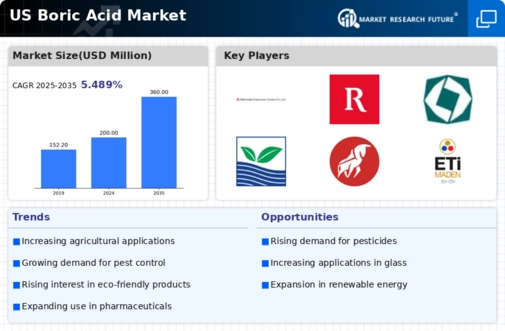
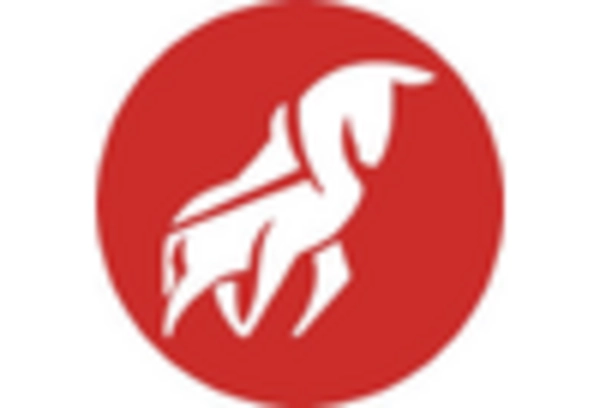
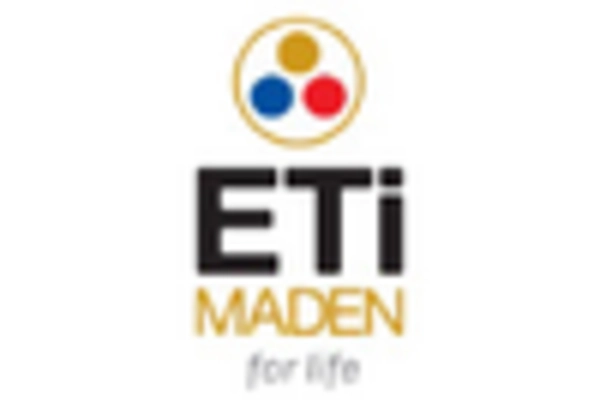
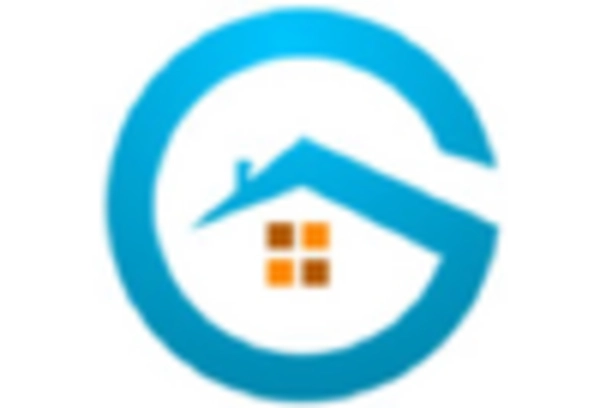
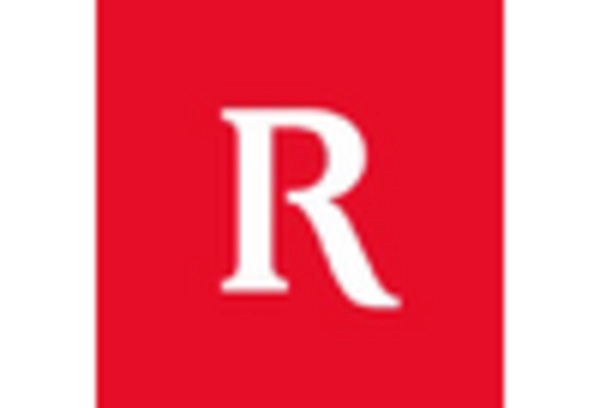
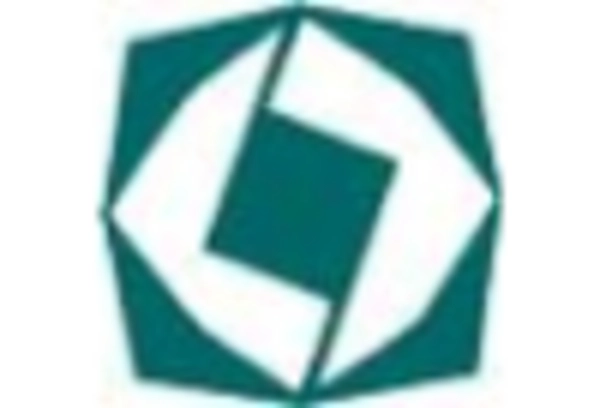
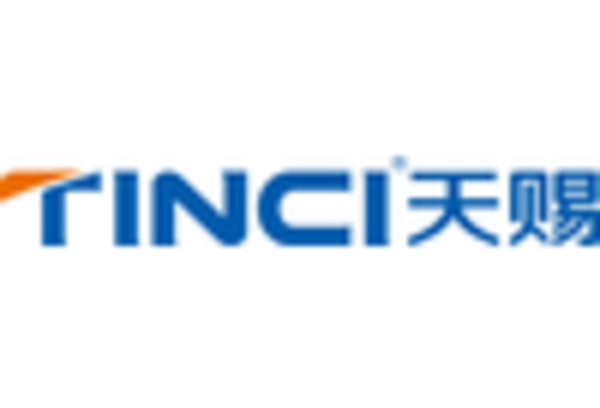








Leave a Comment